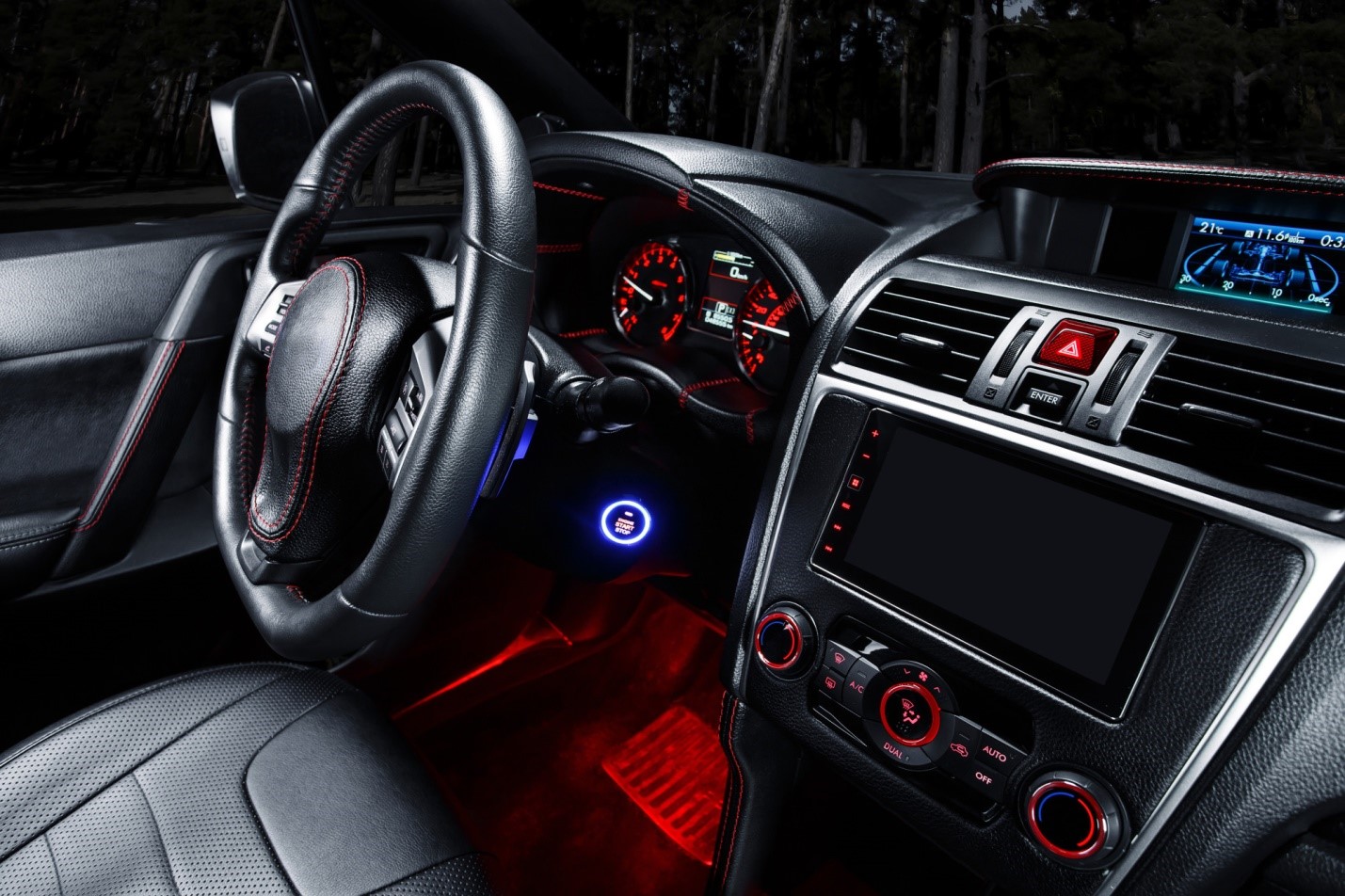Bird watching spotting scopes can range in price from $200 to $5,000. So what is the difference between a cheap scope and an expensive one? The expense mostly is in the lens design and lens quality. Other features such as being waterproof, fogproof and shockproof also play into the price.
You may be wondering what makes a good bird watching spotting scope compared to any other spotting scope. These type of scopes are not used for looking at stars. You want a birding scope to see birds at long distances like viewing shorebirds or falcons in their nest on a cliff face. You need a scope to view details on birds that your bird watching binoculars cannot provide mostly because of the longer distance and inability to get closer.
Magnification is the first thing you want to consider in choosing your scope. Do not get a scope with a magnification lower than 15x because that is what your binoculars will provide. You typically do not want to go over 60x magnification on the high end because the field of view becomes very narrow and the image brightness deteriorates.
The objective lens is the next thing you want to consider. The larger the objective lens, the more light gathering capacity the scope will have and the brighter the bird images will appear. The only drawback is the bigger the objective lens, the heavier the scope and the higher the price will be for the scope.
You will want to look for a spotting scope that has high quality glass and lens coatings. Look for scopes with ED (extra-low dispersion) FL (Fluorite) HD (High Density) and/or APO (apochromatic) glass. These elements will provide you with an image of higher clarity, detail, and sharpness which in turn will reduce eyestrain.
When using bird watching spotting scopes, you typically are out in the elements and not under the dry cover of a shelter. You need to get a scope that is both waterproof and fogproof. Look for scopes that are nitrogen or dry gas filled. It is also nearly impossible to not bump your scope either getting it out of your vehicle, carrying it over a slippery slope or the like. Look for shockproof scopes that come with rubber armoring to protect the unexpected bumps and collisions.
You will be given the choice, with most spotting scopes, to choose a straight or angled design. Straight scopes have the eyepiece aligned with the barrel whereas angled spotting scopes will have the eyepiece offset 45 or 90 degrees from the barrel. If you will be doing most of your birding from the car and have the scope mounted on the window, you will want a straight scope design. If you will be viewing mostly birds from above such as soaring raptors or cliff-viewing, then get an angled scope.
Think about how you will most often be using your spotting scope and what kind of situations or habitats you will be viewing birds. This will help you decide which design and what type of scope will best suits your needs and be most functional for your bird watching activities.











